It's "half" a day's drive to Sopron. We're covering a good bit of real estate between 4 country capitals.
"Today, Sopron's economy immensely benefits from the European Union. After being suppressed during the Cold War, Sopron's German-speaking culture and heritage are now recognized again. As a consequence, many of the city's street and traffic signs are written in both Hungarian and German making it an officially bilingual city with its proximity to the Austrian frontier. Sopron receives many visitors from Vienna (70 kilometres (43 miles) away), and from Bratislava, Slovakia (77 km (48 mi) away), as well as from the United States, Great Britain, The Netherlands, Japan, and Scandinavia."
"Today, Sopron's economy immensely benefits from the European Union. After being suppressed during the Cold War, Sopron's German-speaking culture and heritage are now recognized again. As a consequence, many of the city's street and traffic signs are written in both Hungarian and German making it an officially bilingual city with its proximity to the Austrian frontier. Sopron receives many visitors from Vienna (70 kilometres (43 miles) away), and from Bratislava, Slovakia (77 km (48 mi) away), as well as from the United States, Great Britain, The Netherlands, Japan, and Scandinavia."
Lake Balaton, largest lake in central Europe, at 48 miles long.
A castle is seen along the way. Castle Sümeg was originally built in the mid to late 13th century by Béla IV of Hungary, where he lived during the Mongolian invasion between 1241 and 1242.
S-O-P-R-O-N !!!!
12th century Firewatch Tower.
The town of Sopron is funding work to convert part of the medieval Old Synagogue complex into a new headquarters for the local Jewish community. At the same time, the city has also allocated funds to restore the town’s long-derelict orthodox synagogue as a religious and cultural space.
Work began in mid-January 2022 to renovate the interior of the medieval building in the Old Synagogue complex that had originally served as a “hospital” — or hospice — providing accommodation for travelers. Financed by a 20 million forint (€56,000)‚ allocation from the city, works should be completed by mid-March. In addition to serving as Jewish community offices, the building will also be an educational center.
The gothic Old Synagogue is one of two medieval synagogues that face each other on the one time Jewish Street, now called Uj Utca (New Street). After the expulsion of the Jews in 1526, both buildings were transformed and used as private dwellings for centuries, and both were re-discovered and restored between the 1950 and 1970. The Old Synagogue, at #22 Uj Utca, dates from around 1300 and is now a Jewish museum. Its complex includes the “hospital” as well as a mikvah (ritual bath).
Mikvah, or ritual bath. Yes, it's simply a vertical tunnel to the water table, a well with a ladder.
Ladies entrance to the synagogue:
Franz Liszt (22 October 1811 – 31 July 1886) was a Hungarian composer, pianist and teacher of the Romantic period, born 25 miles south of Sopron. With a diverse body of work spanning more than six decades, he is considered to be one of the most prolific and influential composers of his era and remains one of the most popular composers in modern concert piano repertoire.
The "required" plague column on the square.
Very walkable streets.
Signing off with gelato...yum.















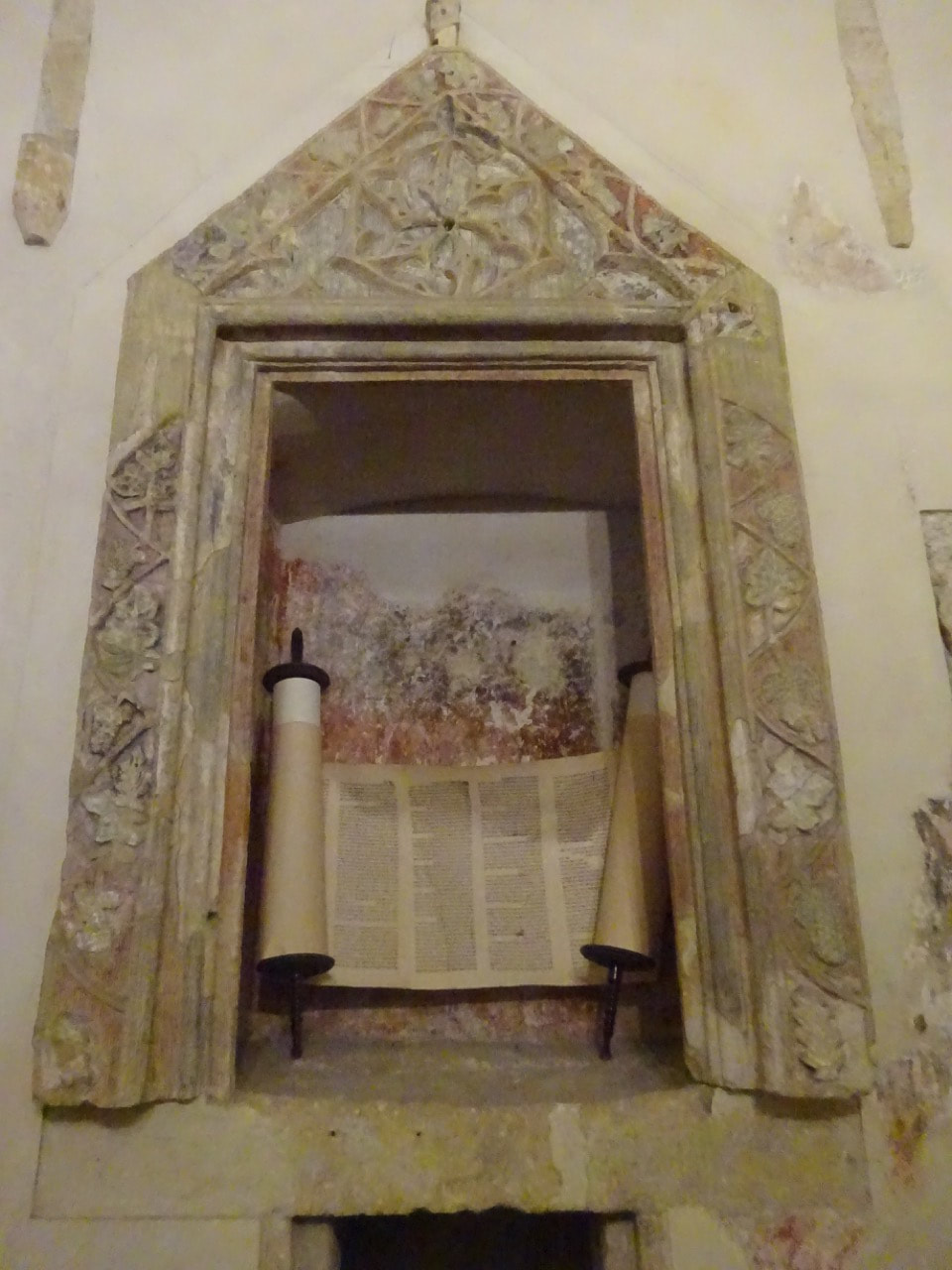
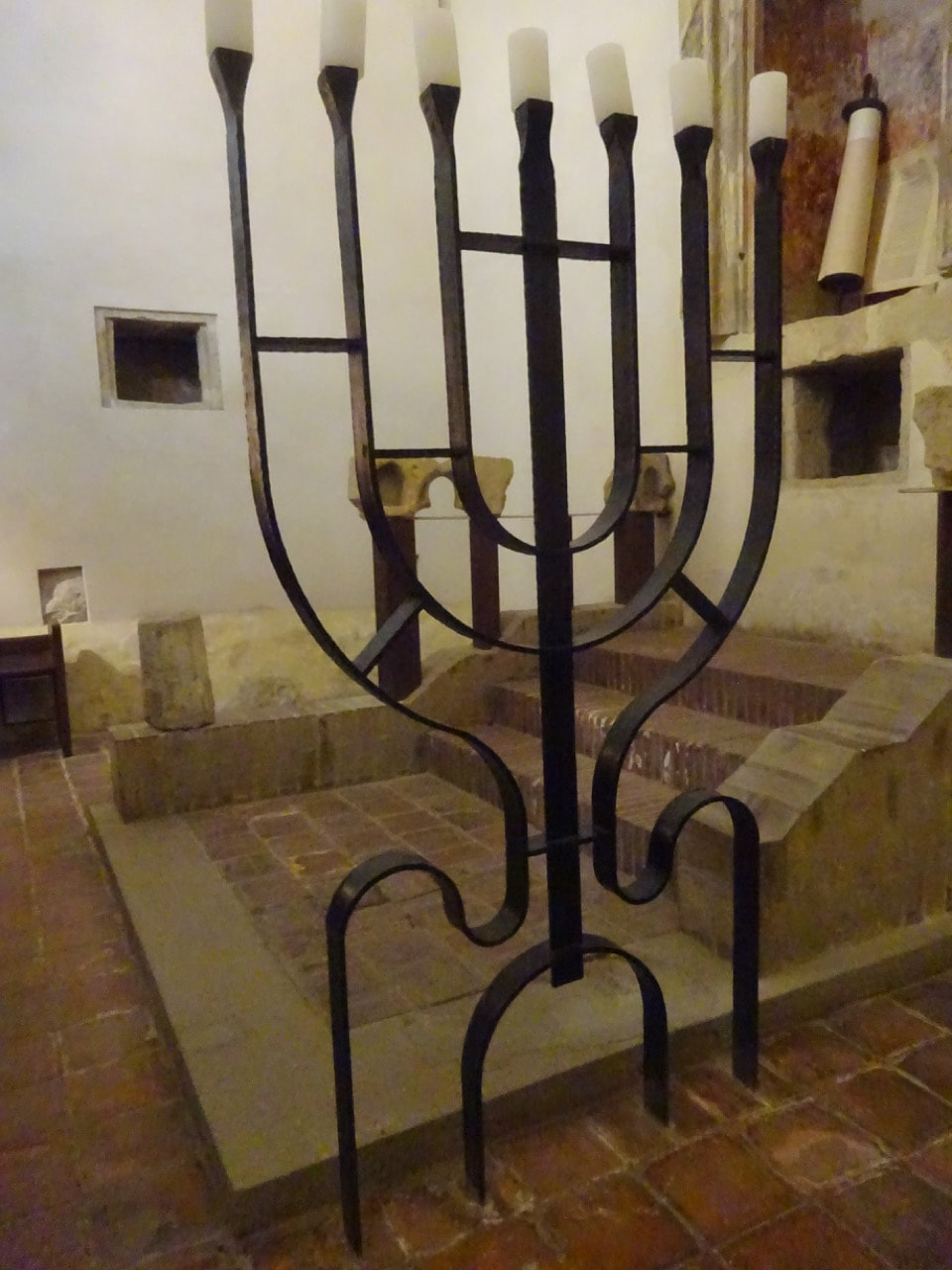



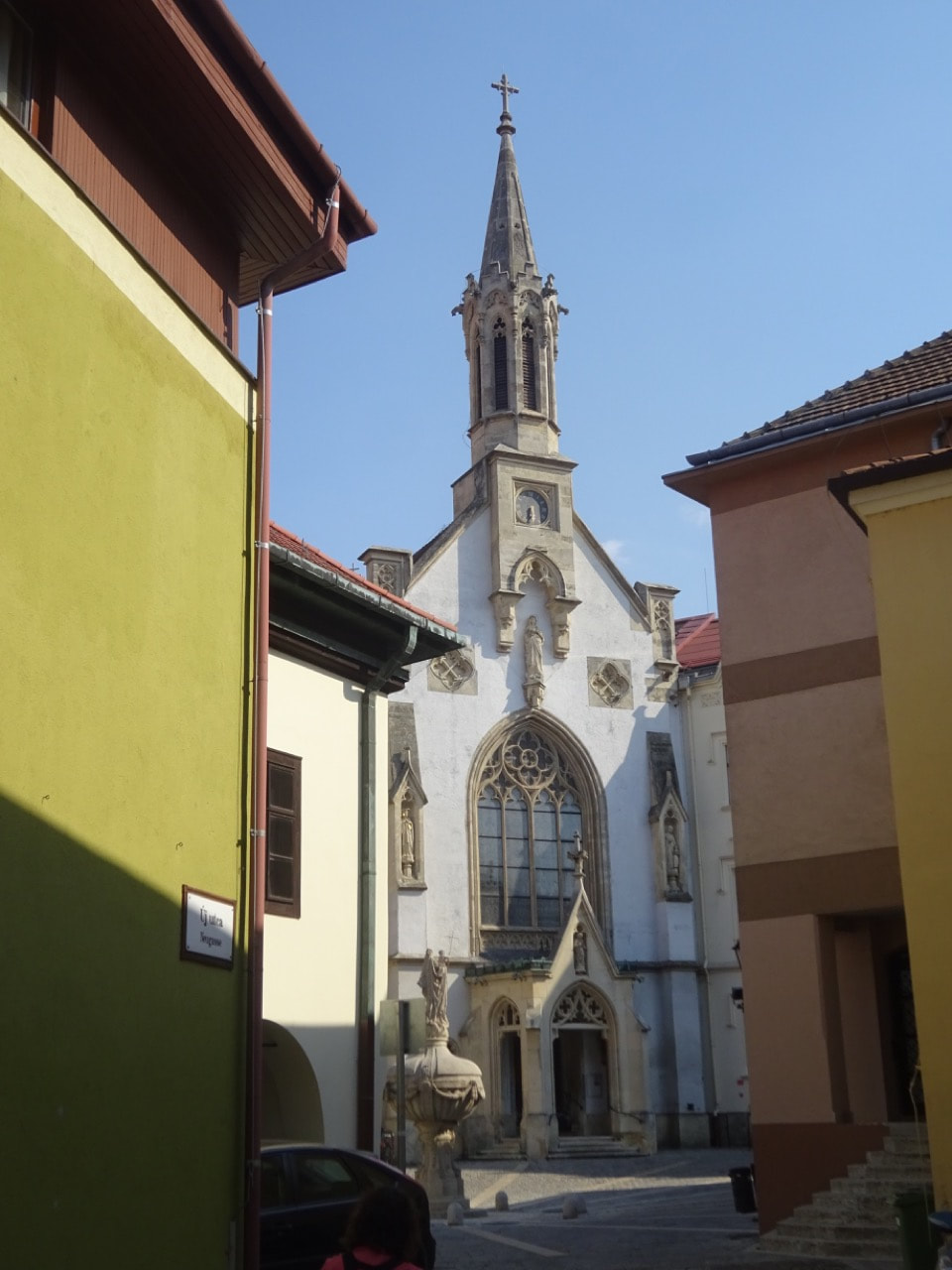




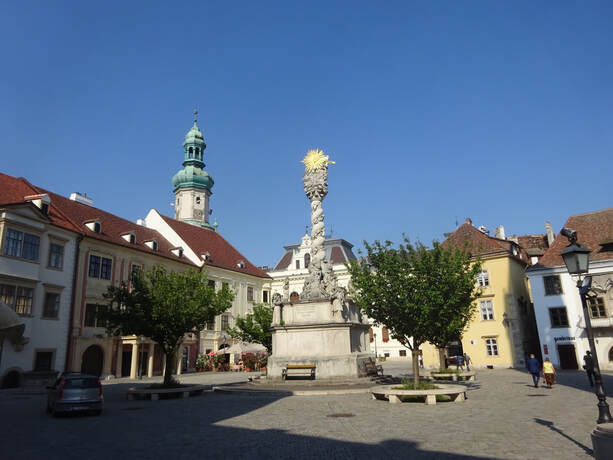







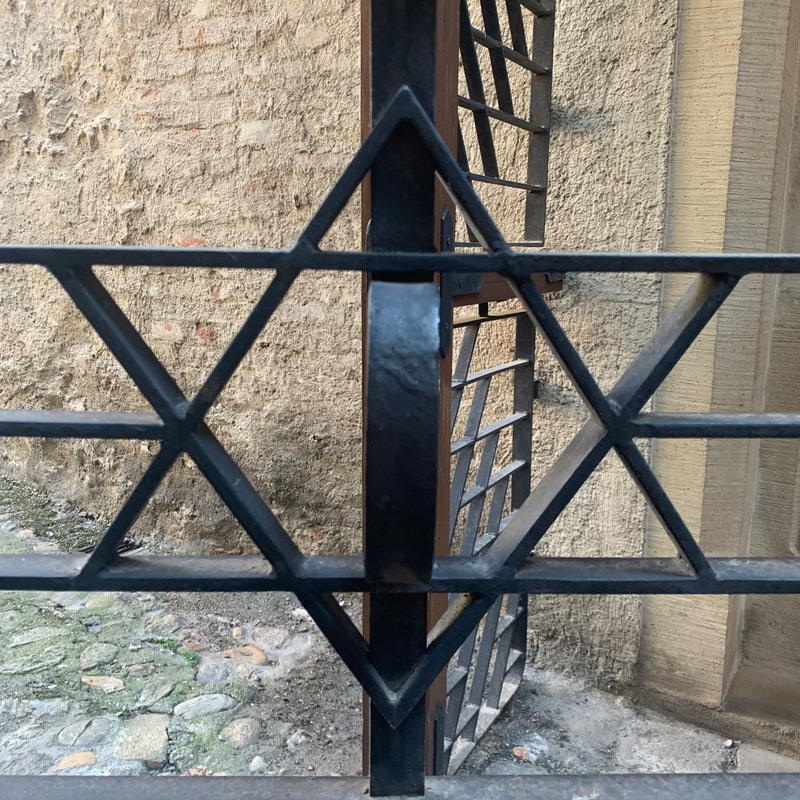




 RSS Feed
RSS Feed
